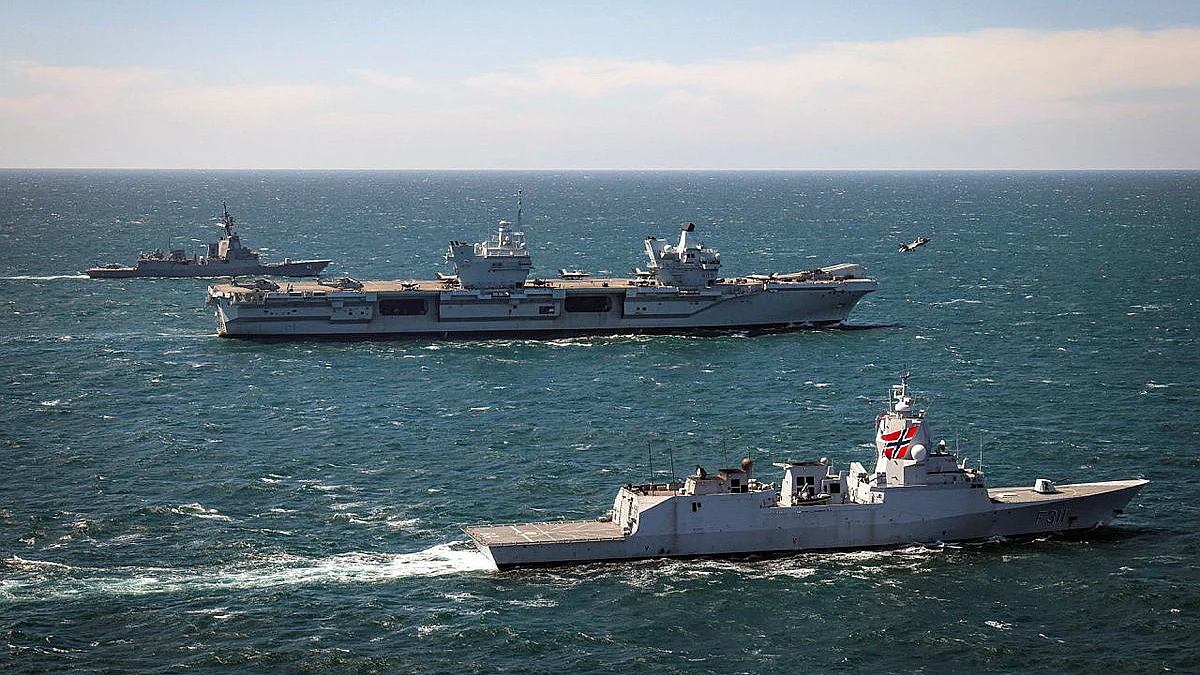But the carriers exist, so the issue is how best to use them. In case of a protracted maritime conflict in the Western Pacific, they could play useful and important roles, but more geared towards escort than strike.
The value of aircraft carriers in getting vital supply and amphibious ships through to their destinations must not be underestimated. The crowning example is Operation Pedestal in 1942, when three Royal Navy carriers defended a crucial supply force for Malta against ferocious air opposition.
The designation of the Prince of Wales flotilla as a carrier strike group, while not inaccurate, should not be taken restrictively. Escort is also a serious and still highly relevant war role.
Acting together, British and smaller Japanese aircraft carriers, and perhaps US flat-top assault ships, could relieve the burden of the US Navy’s aircraft carriers in a war. They could shepherd US transport ships carrying munitions, fuel and other supplies across the Pacific, for example, while US carriers were engaged in more offensive roles.
Fighters on the escorting carriers would offer an outer layer of protection against cruise missiles from ships, bombers or submarines. Britain, Japan and the US all operate F-35Bs from ships, so aircraft of the type could move from the ships of one navy to another, depending on where reinforcement were needed.
